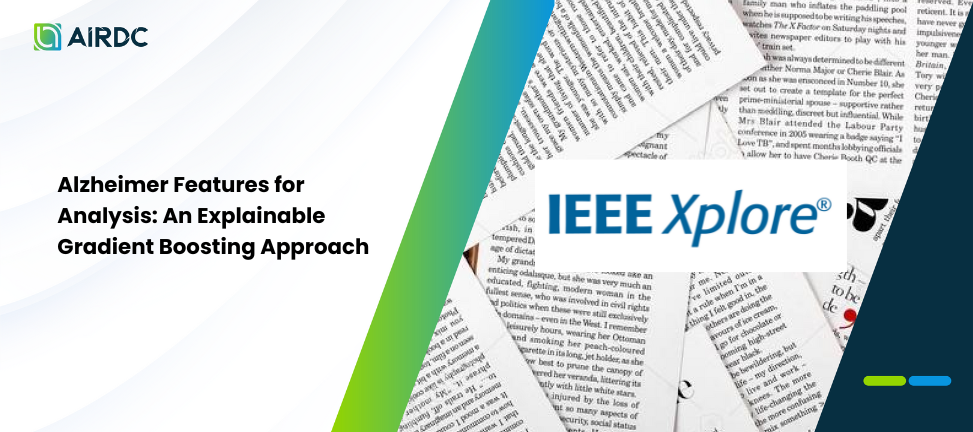Alzheimer Features for Analysis: An Explainable Gradient Boosting Approach

As the most common cause of dementia, Alzheimer’s disease (AD) is vividly visible in the daily lives of those who have it, with the iconic symptoms of progressive cognitive and behavioral decline. Since no definitive cure exists, early diagnosis is crucial for effective disease management. This study explores the classification of AD using gradient boosting algorithms, namely XGBoost, LightGBM, and CatBoost, utilizing sparse clinical and demographic data, including Mini-Mental State Examination (MMSE), Clinical Dementia Rating (CDR), and other cognitive and structural brain-related features. To enhance interpretability, Explainable AI (XAI) via SHAP (SHapley Additive exPlanations) is applied to assess the significance of each feature. Experimental results demonstrate the significant role of the Clinical Dementia Rating (CDR) feature in diagnosis. Comparative analysis reveals that XGBoost achieved the highest AUC (0.9135) when all features were included. However, LightGBM outperformed the other boosting algorithms without CDR data, achieving an AUC of 0.8982.
Authors:
Felicia Kwan, Jason Sebastian Sulistyawan, Kuncahyo Setyo Nugroho, Bens Pardamean
2025 Artificial Intelligence and Machine Learning Applications (AIMLA)

